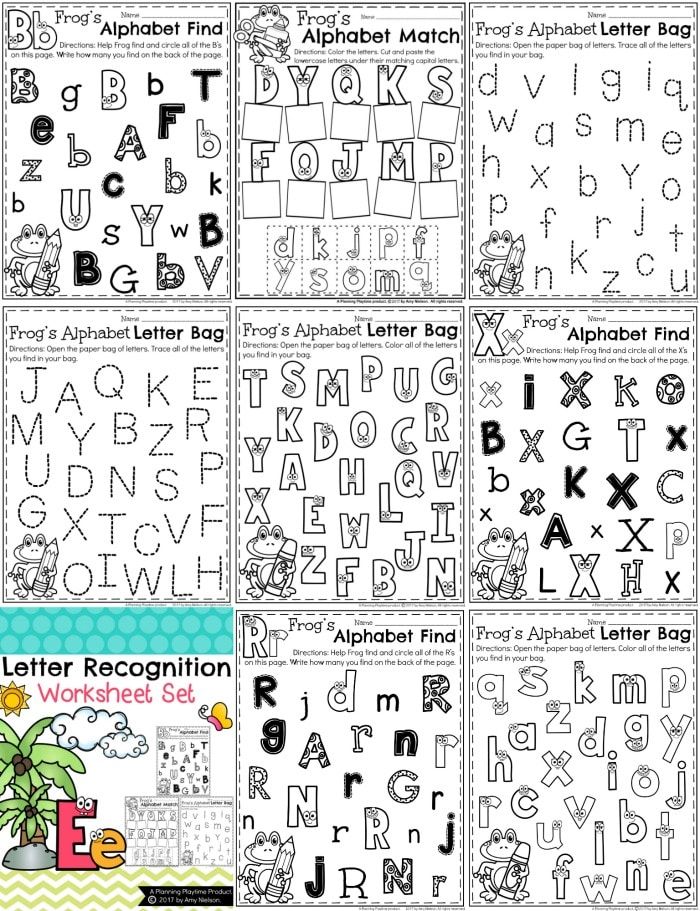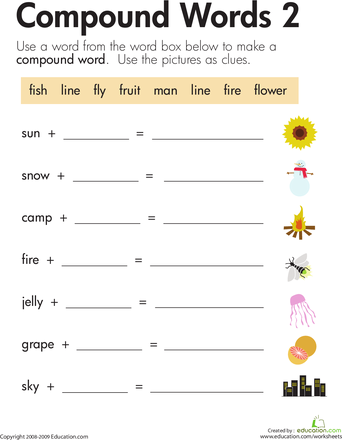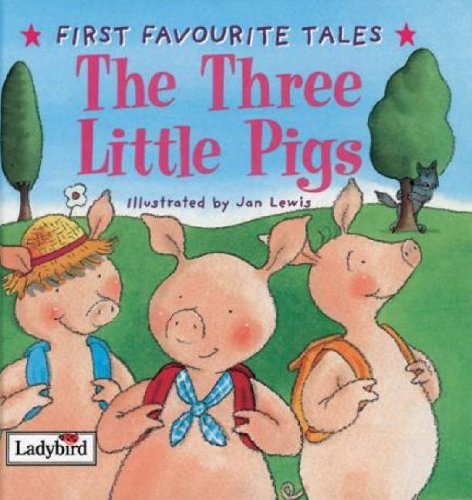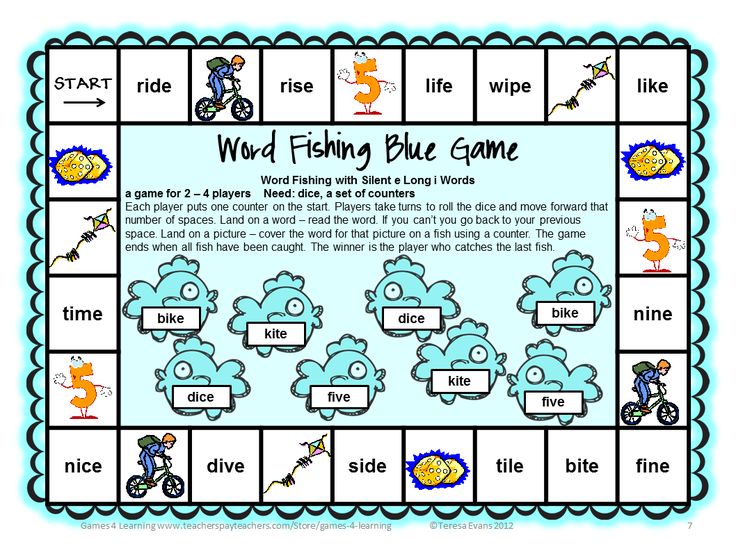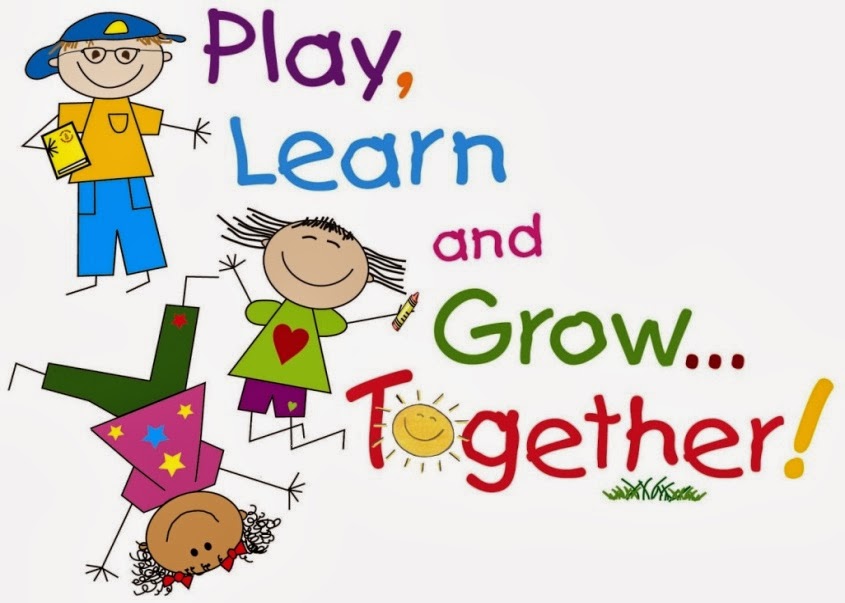Sight words for 7th graders
Top 100 Sight Words and How to Teach Them
Sight words is a common term in reading that has a variety of meanings. When it is applied to early reading instruction, it typically refers to the set of about 100 words that keeps reappearing on almost any page of text. “Who, the, he, were, does, their, me, be” are a few examples.
In addition to their being very frequent, many of these words cannot be “sounded out.” Children are expected to learn them by sight (that is, by looking at them and recognizing them, without any attempt to sound them out.)
Unfortunately, this means minimal teaching. Often, little is done other than to show the word and tell the child what it is “saying.” For many children, this is not enough, with the result that their reading of these critical words is laden with error.
What does this mean for parents who are helping their children master reading? Basically it means spending some time in truly teaching these words so that your child gains real mastery of them. The key to achieving this goal is accurate writing (spelling)—via memory. That is, the child writes the word when the model is not in view.
You can do this by creating simple sentences that the child reads. (By using sentences, you will automatically be using many “sight words.” In addition, you will be giving your child the opportunity to deal with words in context—a key to meaningful reading) After showing the sentence and having your child read it, turn it over and then dictate the sentence. If there is an error, you immediately stop your child and take away the paper. Then you show the model again and repeat the process. In other words, the writing of the sentence has to be fully accurate, starting with the first word.
If you want a list of those words to help guide your efforts, here is the top 100 according to the American Heritage Word Frequency Book by John B. Carroll.
A: a, an, at, are, as, at, and, all, about, after
B: be, by, but, been
C: can, could, called
D: did, down, do
E: each
F: from, first, find, for
H: he, his, had, how, has, her, have, him
I: in, I, if, into, is, it, its
J: just
K: know
L: like, long, little
M: my, made, may, make, more, many, most,
N: not, no, now
O: or, one, of, out, other, over, only, on
P: people
S: said, she, some, so, see
T: the, to, they, this, there, them, then, these, two, time, than, that, their
U: up, use
V: very
W: was, with, what, were, when, we, which, will, would, words, where, water, who, way
Y: you, your
Click here to download our Recommended Top 100 Sight Words.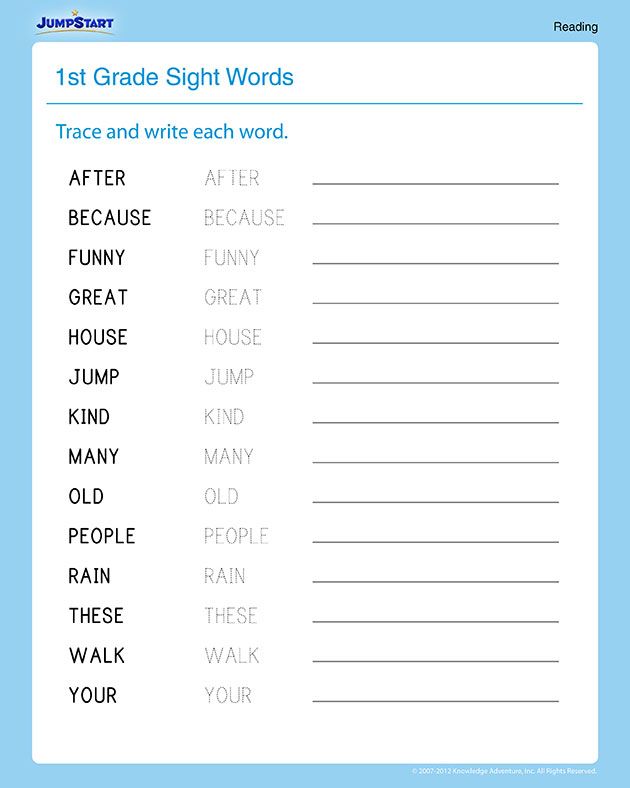
Literacy and reading expert, Dr. Marion Blank
Dr. Marion Blank is answering your questions about reading and learning. If you have a question for Dr. Marion, visit the Reading Kingdom Facebook Page and let us know how we can help.
If you think the Reading Kingdom program can help your children learn to read, enjoy a free, 30-day trial here.
Sight Words for Kindergarten & Kids
Site Search
Site Search
Shop Now
Teaching Tips
September 17, 2020
0
3 mins
No matter whether kindergarten children will be learning in person, online, or a hybrid of the two, parents and teachers are still focused on ensuring their emerging readers develop a love for reading while learning to read effectively and efficiently. One critical skill that children need in order to build solid foundational reading skills is sight word recognition.
What Are Sight Words?
When we teach children to read, we are basically helping them to crack a code. Children learn to hear and say the sounds of the alphabet and then how to blend those sounds to make words. These sounds usually follow basic spelling rules or phonetic principles, but there are some words that did not follow rules. These words are called sight words.
Children learn to hear and say the sounds of the alphabet and then how to blend those sounds to make words. These sounds usually follow basic spelling rules or phonetic principles, but there are some words that did not follow rules. These words are called sight words.
Most sight words cannot be decoded or sounded out, and they are also difficult to represent with a picture. As a result, children must learn to recognize these words automatically, or at first sight. Children who are able to quickly and instantly recognize sight words are more likely to become more fluent readers who read at a good speed because they are not stopping to try to decode every word. When children recognize sight words within three seconds, they are also more likely to comprehend what they are reading. Children who are able to instantly recognize sight words are more likely to be confident readers because over 50-70 percent of the general English text is made up of sight words.
There are several sight word lists for emerging readers. One list is called the Dolch Word List, created by E.W. Dolch in 1936. The list contains 220 of the most commonly used words that should be recognized by first sight. The list is divided by grade level from Pre-K through third grade, but many educators believe that these words should be mastered by first grade. In addition to the 220 sight words, the Dolch Word List also includes 95 high-frequency nouns. In the 1950’s, Dr. Edward Fry expanded the Dolch Word List to include 1,000 commonly used words in the English language. Fry updated the Fry Sight Word List in 1980, which is comprised of the most commonly used words in books, newspapers, and other publications. Like the Dolch Word list, the Fry Sight Word List is made up of both sight words and high-frequency words and is divided by grade level. Teachers will generally pull from one or both of these lists to create the sight words that children should learn. It is important for parents to keep in mind that children are expected to be able to instantly recognize sight words they have learned previously.
One list is called the Dolch Word List, created by E.W. Dolch in 1936. The list contains 220 of the most commonly used words that should be recognized by first sight. The list is divided by grade level from Pre-K through third grade, but many educators believe that these words should be mastered by first grade. In addition to the 220 sight words, the Dolch Word List also includes 95 high-frequency nouns. In the 1950’s, Dr. Edward Fry expanded the Dolch Word List to include 1,000 commonly used words in the English language. Fry updated the Fry Sight Word List in 1980, which is comprised of the most commonly used words in books, newspapers, and other publications. Like the Dolch Word list, the Fry Sight Word List is made up of both sight words and high-frequency words and is divided by grade level. Teachers will generally pull from one or both of these lists to create the sight words that children should learn. It is important for parents to keep in mind that children are expected to be able to instantly recognize sight words they have learned previously.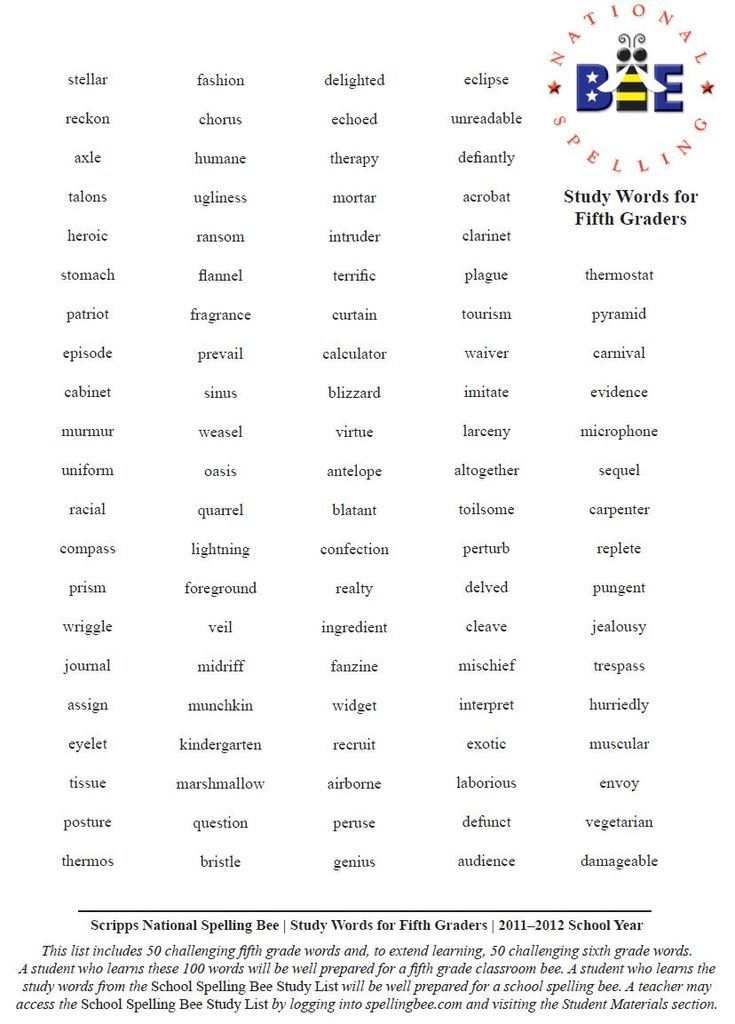
Examples of Sight Words for Kids
Here is a list of sight words and high-frequency words for Pre-K, kindergarten, and first grade that have been taken from both the Dolch Word and Fry Sight Word Lists.
| Grade | Sight Words |
| Pre-K (40 words) | a, and, away, big, blue, can, come, down, find, for, funny, go, help, here, I, in, is, it, jump, little, look, make, me, my, not, one, play, red, run, said, see, the, three, to, two, up, we, where, yellow, you |
| Kindergarten (100 words) | about, all, am, an, are, as, at, ate, be, been, black, brown, but, by, call, came, could, day, did, do, each, eat, first, four, from, get, good, had, has, have, he, her, him, his, how, if, into, like, long, made, many, may, more, must, new, no, now, number, of, oil, on, or, other, our, out, part, people, please, pretty, ran, ride, saw, say, she, sit, so, some, soon, than, that, their, them, then, there, these, they, this, time, to, under, use, want, was, water, way, well, went, were, what, when, which, white, who, will, with, word, would, write, yes, your |
| 1st Grade (100 words) | add, after, again, air, also, America, animal, another, answer, any, around, ask, back, because, before, boy, change, different, does, end, even, every, fly, follow, food, form, found, give, going, great, hand, high, home, house, just, kind, know, land, large, learn, let, letter, line, live, man, mean, men, most, mother, move, much, must, name, need, near, off, old, only, once, open, over, page, picture, place, point, put, read, right, round, same, say, sentence, set, should, show, small, sound, spell, still, stop, study, such, take, tell, thank, things, think, through, too, try, turn, us, very, walk, want, well, why, work, world, year |
Site Words FAQs
Q: What is the difference between sight words and high-frequency words?
A: While both sight words and high-frequency words are important, they are not the same.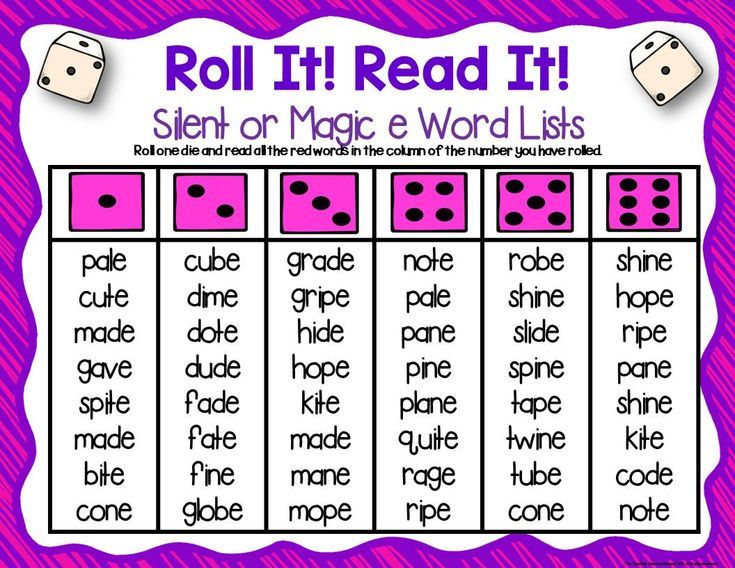 Sight words are words that cannot be decoded, so knowing spelling rules or phonics will not help a child sound out the word. High-frequency words are commonly used words that students need to know. Some high-frequency words are decodable using spelling and phonics rules, and some are not. As a result, it is important to help students recognize both sight word and high-frequency words by sight, so that they can recognize them automatically. As you begin to introduce spelling rules, phonics and syllabication to Kindergarten children, be sure to highlight high-frequency words they have memorized that fit a given rule. Regardless of whether the word is a sight word or high-frequency words, they both must be taught explicitly and systemically so that children will know them automatically.
Sight words are words that cannot be decoded, so knowing spelling rules or phonics will not help a child sound out the word. High-frequency words are commonly used words that students need to know. Some high-frequency words are decodable using spelling and phonics rules, and some are not. As a result, it is important to help students recognize both sight word and high-frequency words by sight, so that they can recognize them automatically. As you begin to introduce spelling rules, phonics and syllabication to Kindergarten children, be sure to highlight high-frequency words they have memorized that fit a given rule. Regardless of whether the word is a sight word or high-frequency words, they both must be taught explicitly and systemically so that children will know them automatically.
Q: When should sight words be taught?
A: While most Pre-K children are able to master some sight words, it is important to remember that children learn language skills at different rates. They also have different interest levels when it comes to learning words.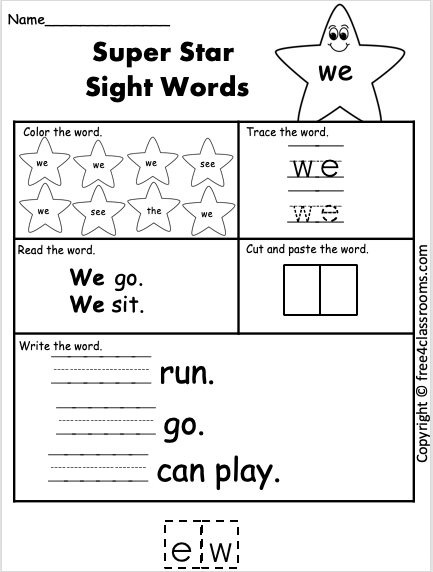 Some children are eager and ready to learn while others may not be. As a result, there is no specific age to begin teaching sight words. So try some fun sight word activities with your two- or three-year old children, but do not push if they are not interested. Let your child’s developmental readiness and interest level guide you.
Some children are eager and ready to learn while others may not be. As a result, there is no specific age to begin teaching sight words. So try some fun sight word activities with your two- or three-year old children, but do not push if they are not interested. Let your child’s developmental readiness and interest level guide you.
Q: How many sight words should kindergarteners learn?
A: There are varying opinions as to how many words children should learn. Some literacy experts like Tim Shanahan believe that kindergarteners should master 20 sight words by the end of kindergarten. The Dolch word list has 40 words listed for Pre-K students and some school districts require that kindergarteners learn 100 sight words by the end of the school year. Consider your children’s progress and interest levels as well as your school district’s expectation to help decide on the appropriate number of sight words for your children.
Q: What order should I teach sight words?
A: There is no one set prescribed order to teach sight words. Some teachers and parents teach the sight words from the Dolch or Fry lists in alphabetical order. Others use the lists and create their own order. Consider using the Frequency Fry List that has words ranked by the frequency of use for reading and writing. To help children learn sight words and get them to stick, create your own lists to teach students the words not only in isolation, but also in context. For example, if you decide to read a specific book, teach the sight words from the book you are reading. This gives children practice reading the word in isolation and also helps them to see how the word is used in language.
Some teachers and parents teach the sight words from the Dolch or Fry lists in alphabetical order. Others use the lists and create their own order. Consider using the Frequency Fry List that has words ranked by the frequency of use for reading and writing. To help children learn sight words and get them to stick, create your own lists to teach students the words not only in isolation, but also in context. For example, if you decide to read a specific book, teach the sight words from the book you are reading. This gives children practice reading the word in isolation and also helps them to see how the word is used in language.
Q: How many sight words can be taught in a day?
A: Before determining a set number of sight words to teach, it is important to focus on the number of words that children are actually learning. It is important to consider the quality of their learning, not the quantity. Make certain that children can recognize sight words instantly and accurately before rushing to complete a certain number of words.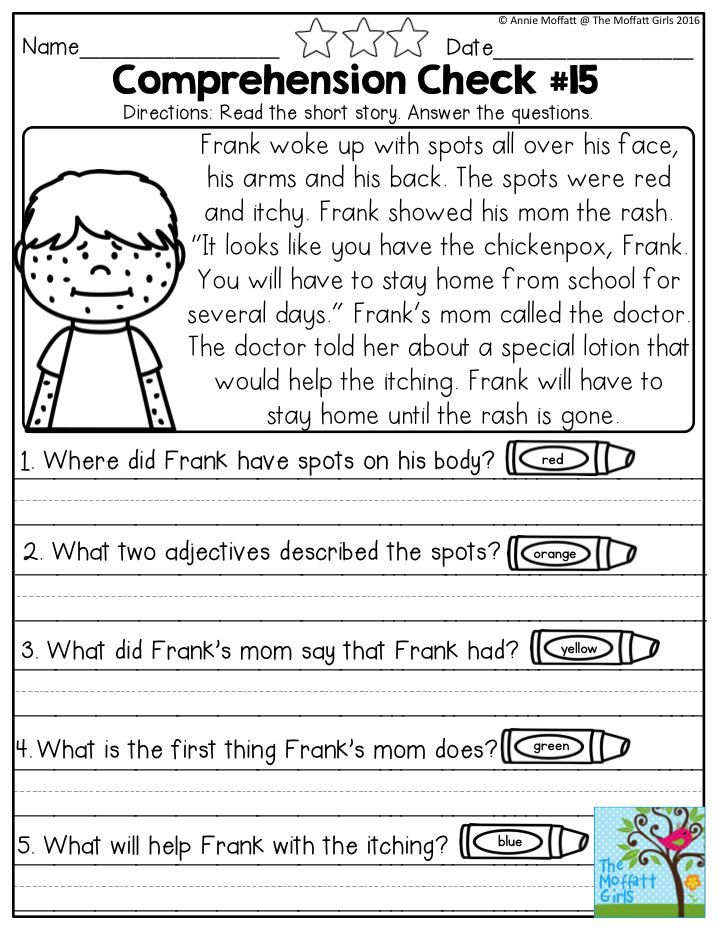 Before starting, be sure to consider the child’s age, motivation and memory skills. Keep in mind that a child who can instantly and accurately name 50 sight words is building a more solid reading foundation versus a child who “kind of knows” 100 words.
Before starting, be sure to consider the child’s age, motivation and memory skills. Keep in mind that a child who can instantly and accurately name 50 sight words is building a more solid reading foundation versus a child who “kind of knows” 100 words.
Start by introducing children to three to five new words during a given lesson. During the next day’s lesson, review the previously introduced words. If children remember all of the words, consider introducing three to five new words. If children do not remember the previous words, review the previously introduced words and wait to introduce new words. Also, consider reducing the number of words you introduce in each lesson to one or two words if children are struggling or feel overwhelmed.
Learning Without Tears Knows Sight Words!
There are lots of fun, engaging strategies to teach children sight words. Before you begin teaching sight words, make certain you have broken down the word lists into manageable and differentiated lists for your students.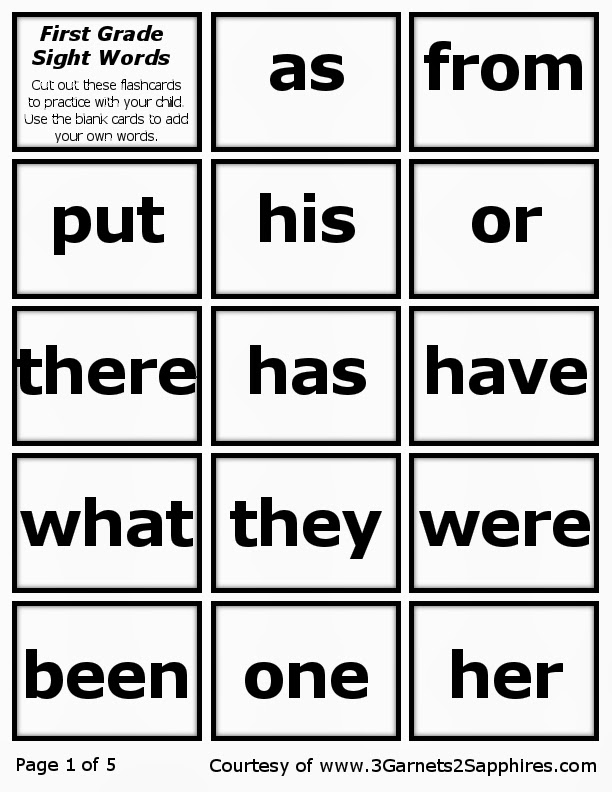 Secondly, no matter whether you are teaching your children in person or virtually, it is important to devote at least 15-20 minutes a day to teaching sight words. Lastly, make learning sight words is a fun and interactive activity. Below are 10 engaging sight words activities to do with your children.
Secondly, no matter whether you are teaching your children in person or virtually, it is important to devote at least 15-20 minutes a day to teaching sight words. Lastly, make learning sight words is a fun and interactive activity. Below are 10 engaging sight words activities to do with your children.
Sight Word Concentration – On index cards, write the same sight words on two separate cards. Make two piles – one with the word and the other with the matching word. Mix the two piles and place them face down. Have children take turns to find the matching cards. Consider having children write down the words that they found. Use Learning Without Tears’ A+ Worksheet Maker to create worksheets where they can copy the words.
Build-A-Sight Word – Children love building words with manipulatives like magnetic alphabet letters. Learning Without Tears’ Magnetic Lowercase & Blackboard Set contains magnetic lowercase letters and a magnetic blackboard with double lines so that children can build and write sight words.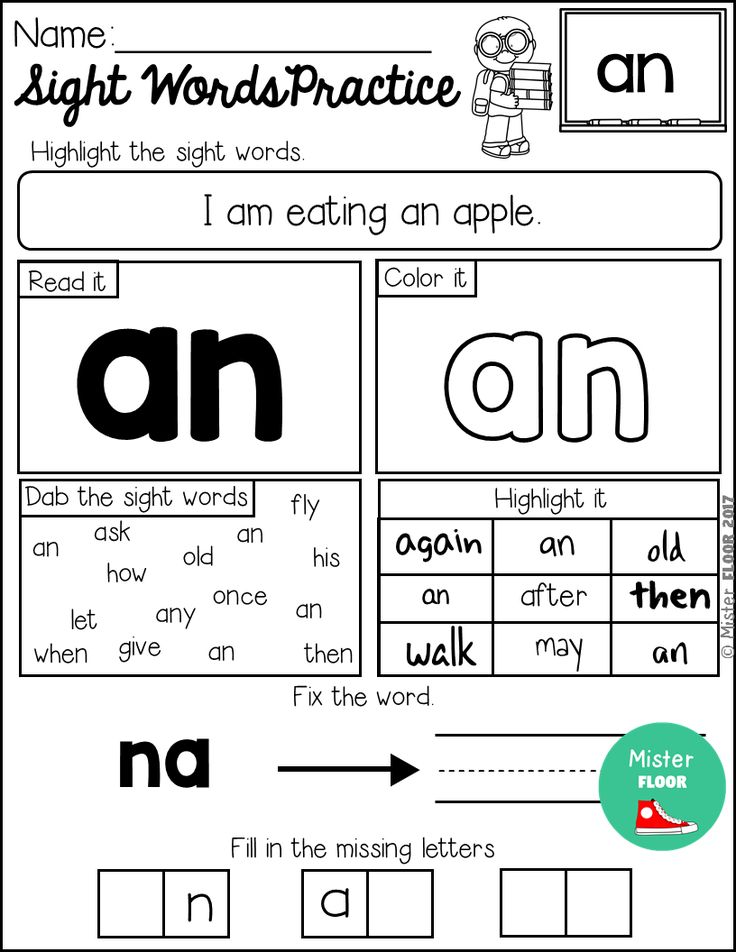 Children can also build sight words using Learning Without Tears’ free Make Your Own Letter Cards.
Children can also build sight words using Learning Without Tears’ free Make Your Own Letter Cards.
Sight Word Bingo – Create individual bingo cards using sight words that you have introduced. You can also give students a blank board and have them write the words in the boxes from a list you provide. Be sure to have the words written on index cards and pull them out of a container to call the sight words. Students should place a marker on the word when it is called. Students must yell "Sight Word Bingo!" when they have covered a vertical, horizontal, or diagonal row.
Stamp Out Sight Words – Using alphabet cookie cutters, have students stamp out letters using dough, then have children build sight words. Model for students first, then have them do it with you. After guiding them, have them try to build it independently. This fun activity is also great for building fine motor skills.
Sentences with Sight Words – Learning Without Tears’ Sentence School is a great way to help students learn sight words and write sentences.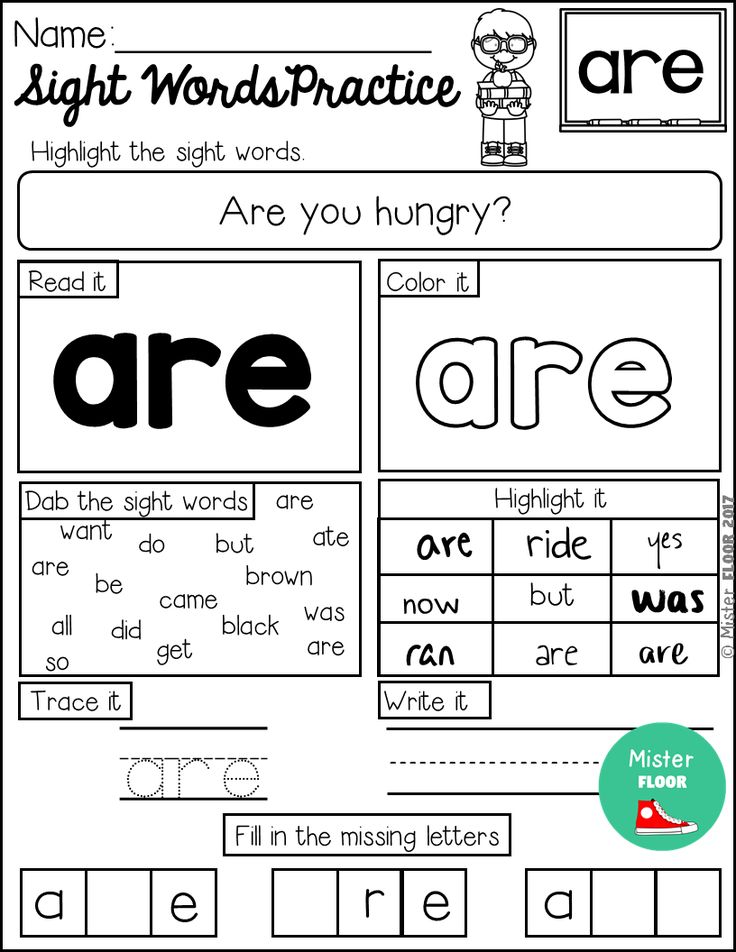 Students will love the engaging, hands-on lessons, and the guide is a great resource for teachers and parents alike.
Students will love the engaging, hands-on lessons, and the guide is a great resource for teachers and parents alike.
Sight Word Detective – Show children a sight word with a missing letter. Have children act as detectives to find the missing letter. You can play as a whole class, in teams, or individually. To make it more challenging, remove more than one letter. Also consider using the word with the missing letter in a sentence to help children practice context clues. You can write letters on a white board or use magnetic letters.
Sight Word Scramble – Using magnetic letters or letter cards, mix up the letters of the sight word and have children unscramble the words to reveal the correct spelling of the sight word. You can involve more children by giving each child a letter and have them spell out a sight word.
Sight Word Sing-a-Long – Music is a great teaching tool for children and adults. Learning Without Tears has lots of fun, engaging, and catchy songs to help students learn sight words.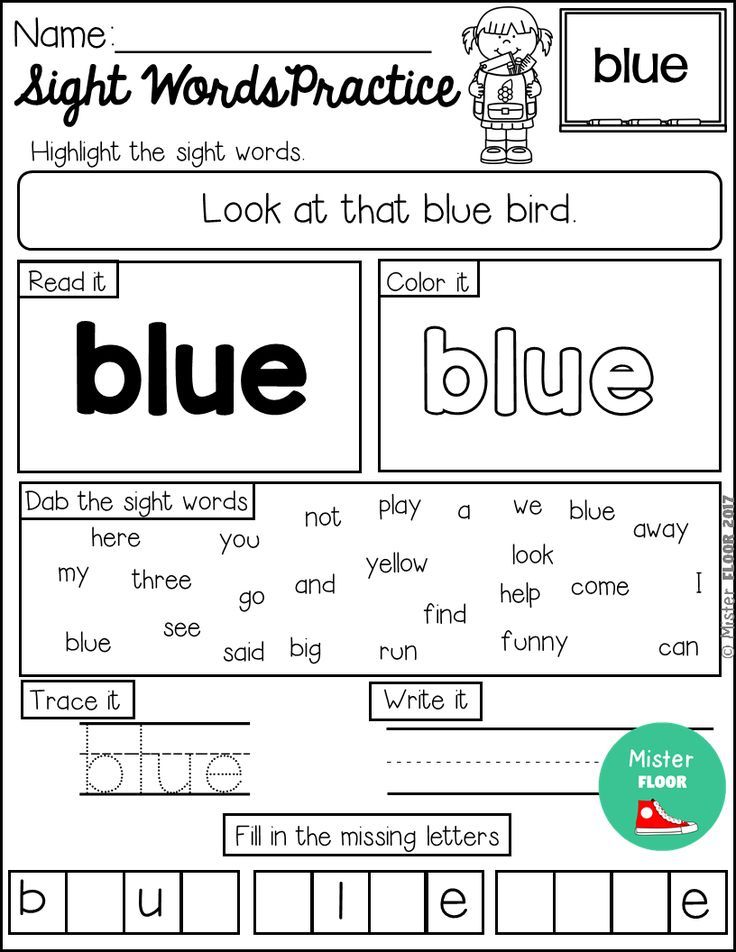 Consider displaying the lyrics from Learning Without Tears’ Rock, Rap, and Learn CD on a white board and have children circle all of the sight words. Lyrics to all songs are located on Learning Without Tears’ Handwriting Interactive Teaching Tool.
Consider displaying the lyrics from Learning Without Tears’ Rock, Rap, and Learn CD on a white board and have children circle all of the sight words. Lyrics to all songs are located on Learning Without Tears’ Handwriting Interactive Teaching Tool.
Read and Write Engaging Stories – Children feel more confident and excited when they begin to recognize words in a book. When reading to children, help them to identify sight words. Learning Without Tears’ MatMan Book series contains lots of sight words. Give sight word readers to children to begin reading on their own. After reading a story, write the sight words that they see and have children copy them. Also, encourage your students to create a funny story by writing down a sentence from each child. Circle all of the sight words they use.
Hand Activity Sight Words – To help children recognize sight words automatically and make them stick, teach them the attributes of the words using Learning Without Tears’ Hand Activity Method.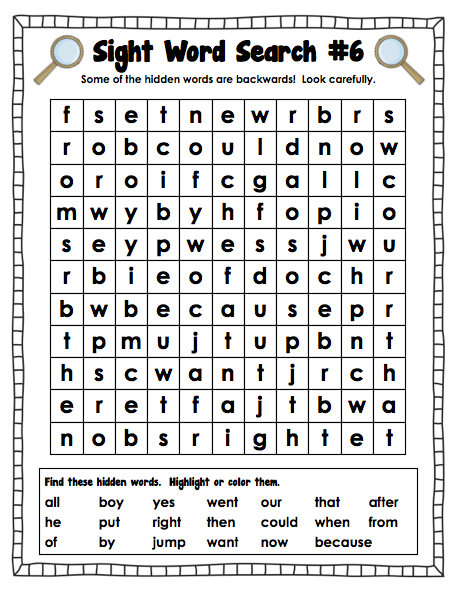 Some lowercase letters are tall (b,f,h), some are small (a, e, n), and some are descending (j, p, y). Have them use their hands to spell out the words or use the hands and letters from LWT’s Magnetic Lowercase & Blackboard Set to help them visualize the words. Also, consider highlighting other attributes of words—like the number of letters, consonants, and vowels—in order to help students connect with sight words.
Some lowercase letters are tall (b,f,h), some are small (a, e, n), and some are descending (j, p, y). Have them use their hands to spell out the words or use the hands and letters from LWT’s Magnetic Lowercase & Blackboard Set to help them visualize the words. Also, consider highlighting other attributes of words—like the number of letters, consonants, and vowels—in order to help students connect with sight words.
Explicitly teaching children sight words in a fun, engaging manner will help to build their reading rate, fluency, and confidence. Sight words will build a solid foundation for students to become proficient readers. Have fun!
Related Tags
Readiness
Readiness, Summer, Teaching Tips, Multisensory Learning
5 Ways to Support Your Students this Summer
June 7, 2022
0 5 minutes
Readiness, Summer, Teaching Tips, Multisensory Learning
4 Guidelines to Support Students Over Long Breaks in Learning
February 14, 2022
0 5 mins
Ask the Experts, Teaching Tips, Multisensory Learning, Readiness
Pint-Size Book Authors: Using Early Readers as Mentor Texts
September 10, 2021
0 3 min
There are no comments
Stay Connected and Save 10%Sign up for our newsletter and get the latest updates, Classroom tips & free downloads.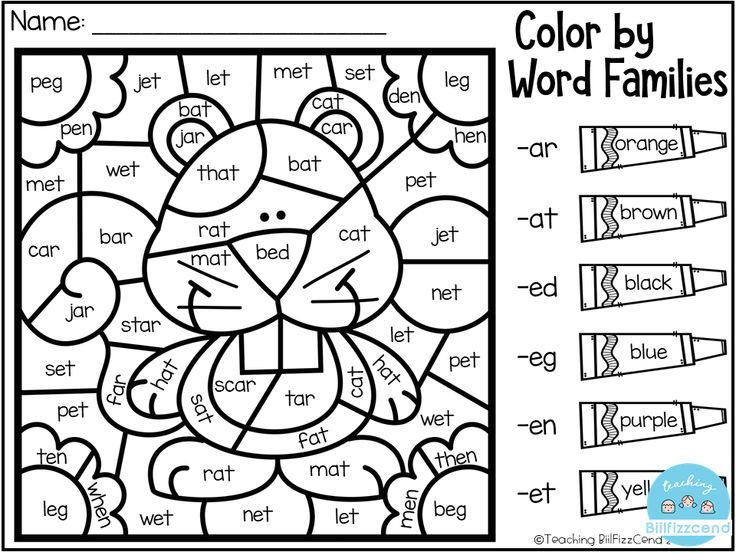
Comments
Games with children to develop attention and memory
Games and tasks for children together with parents
ATTENTION GAMES
"Forbidden word" . A game for the development of voluntary attention and resourcefulness. It does not require any material, since it is verbal. Its essence is as follows: the host asks questions, and the player answers. Answers may vary, but you cannot say one forbidden word that you agree on in advance, for example, the word " no". Warn the baby that you need to be extremely careful, as you will try to catch him. After that, you can start asking questions. For example, “Do you sleep in the bathroom?”, “Is the snow white?”, “Can you fly?”, etc. The child must find such a form of answers in order to fulfill the rules of the game, It is considered a mistake if a forbidden word is called or the question is not answered. As soon as the child makes a mistake, you change roles with him, he asks questions, you answer. The player who answers the most questions correctly wins this game.
The player who answers the most questions correctly wins this game.
"Forbidden traffic" . The kid repeats all the exercises after the mother, except for one "forbidden" one (jump or, for example, clap).
Scout . Start the game from the corridor. "The squirrel hid a nut in the forest, and now she can't find it. Help the squirrel." The kid is looking for a nut (any object hidden in the room) following the tracks left by a careless squirrel (a path made of a thread, an arrow drawn on paper, unusually placed objects). Gradually, the squirrel becomes more and more cautious, and the baby is more and more observant.
"Secret Letter" . Draw in the air the contours of a geometric figure, a number, a letter or even a word. Let the kid try to guess what you wrote with "transparent colors on transparent paper." The next secret message to write to the baby.
"Observer".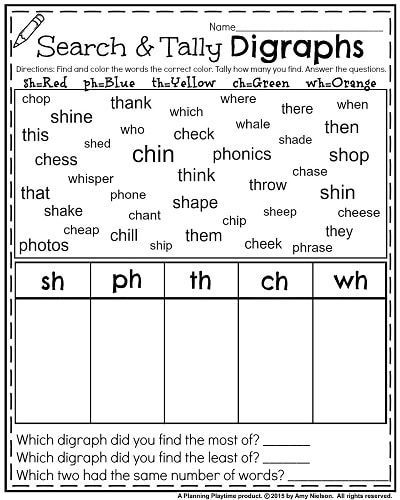 Sit with your baby in front of a window. Find some fixed object and invite the child to guess what ("transparent, like a small house") you see. You can also play it like this: "Quickly name 5 round (red, hard and smooth) objects in this room."
Sit with your baby in front of a window. Find some fixed object and invite the child to guess what ("transparent, like a small house") you see. You can also play it like this: "Quickly name 5 round (red, hard and smooth) objects in this room."
"Architect" You are an architect, a child is a builder. Both have the same number of cubes of different types. The architect shows with the help of his cubes what structure needs to be built (ladder, arch, house), the builder repeats the task.
"Magic word" "First, we should agree on what words are considered `magic`. `Magic` can be considered words starting with the letter `M` or any other letter (then the game will simultaneously develop the phonemic hearing of the child), or you can - denoting birds, domestic animals, etc. You tell a story or say any words in a row. When pronouncing the `magic words`, the child must give a signal: to hit the table with his palm (raise his hand up or stand up).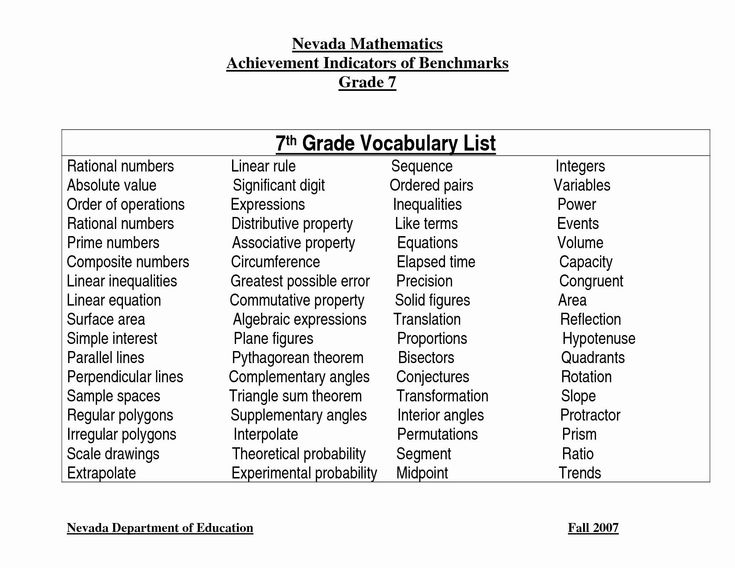
"Sherlock Holmes" Game for the development of observation. The player who is playing the role of Sherlock Holmes carefully examines the appearance of his partner and turns away or leaves the room. The partner changes some details of his appearance and invites the "detective" to guess what he changed. The subject of the game can be not only the appearance of the partner, but also the arrangement of objects in the room, small details in the picture, and much more. The complexity of the game depends on the number of variable elements. It is better to start with 3-4 changes and gradually increase them.
MEMORY DEVELOPMENT GAMES.
Even not very attentive parents notice that their preschool children have an amazing memory: they are able to memorize entire poems and passages without memorization, and often impress their parents' literary and artistic tastes by quoting a trendy television series or the text of a commercial.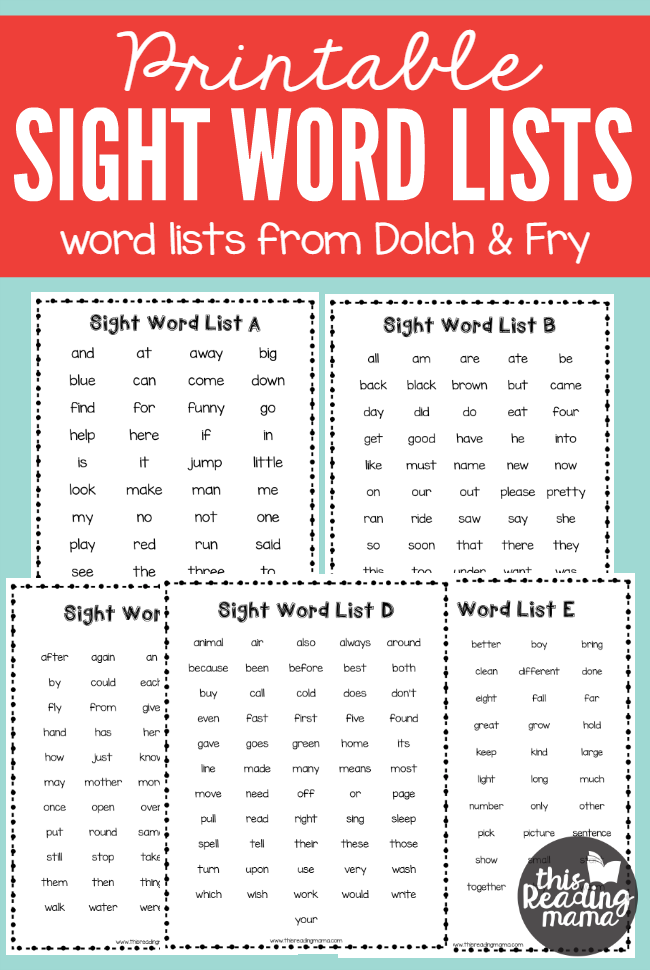 It would be nice if this amazing ability did not go to waste - after all, its flowering is limited in time! And although almost all children have a better memory than adults, there are still differences within a group of children: someone remembers the material better, and someone worse.
It would be nice if this amazing ability did not go to waste - after all, its flowering is limited in time! And although almost all children have a better memory than adults, there are still differences within a group of children: someone remembers the material better, and someone worse.
You can remember for a long time, all your life - in this case, they talk about long-term memory, which has a very large volume and is organized according to semantic connections. You can remember a few seconds - the time required for you to read one sentence; here we are dealing with short-term memory, which is often built on mechanical connections (associations), is small in volume and includes 7 plus or minus 2 elements. In order for information to pass from short-term memory to long-term memory, it must be repeated before memorization.
You can also talk about direct memory - when the material is remembered as if by itself, without special actions (they are called mnemonic techniques), and indirect, when a person comes up with something like "knots" for memory, in order to then remember difficult material.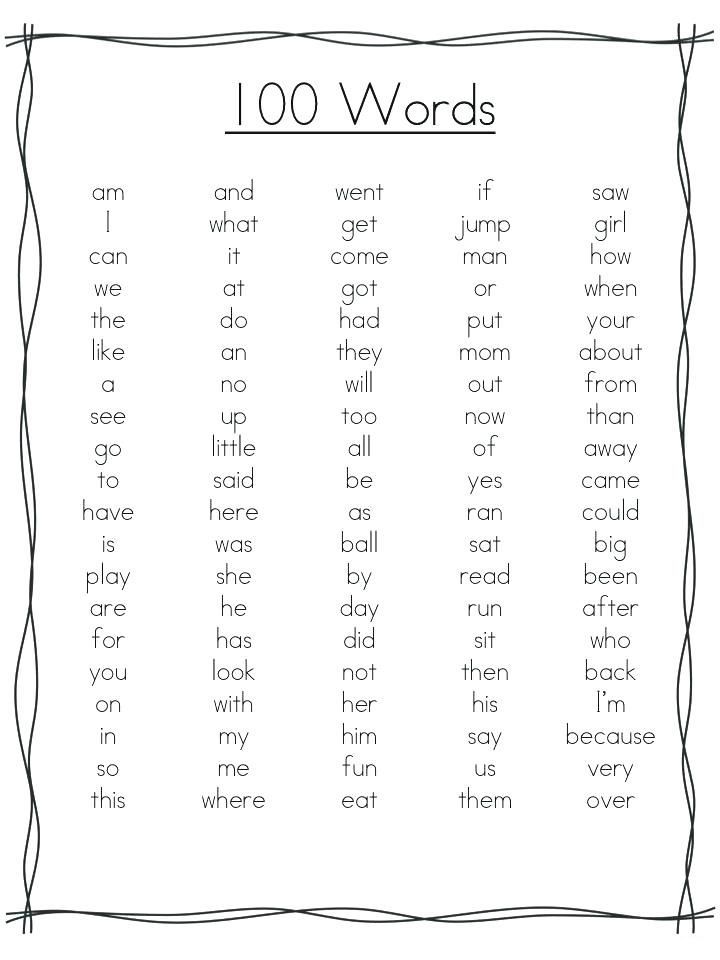 For example, our grandmothers memorized the sequence of cases in the Russian language using a funny poem, the first letters of each word of which resemble the names of cases:
For example, our grandmothers memorized the sequence of cases in the Russian language using a funny poem, the first letters of each word of which resemble the names of cases:
Ivan gave birth to a girl, ordered to drag the diaper!
That's how many types of memory there are - and this is far from all that is known to psychologists and educators! But the most important thing for us is that a child's memory can be exercised and developed. Actors who memorize many pages do not have this skill from birth, but acquire it through exercise. For a child, memory is the main way of knowing and getting used to the world. He memorizes the language, and only then, meeting repeated sound combinations, learns to correlate them with the situation and thus comprehend the meanings of words.
He memorizes the rules, sentences, the multiplication table, in order to then understand their meaning, but for now he does not understand - to use it mechanically, trusting his memory. Characteristically, children have a better memory for emotions and images than for words and symbols.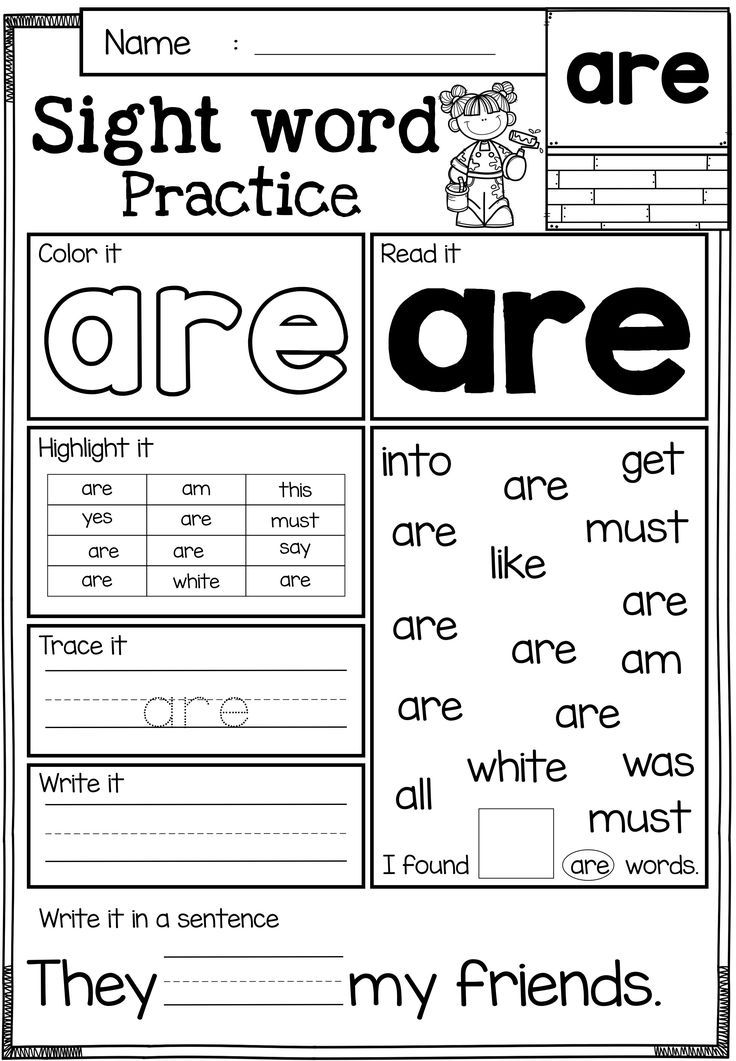 Therefore, it is great if in training you use illustrations, drawings of the child himself. It is also important to know that in different children either visual, or auditory, or motor memory may dominate, depending on this, it will be more effective either to show the children pictures, or to explain and dictate, or to ask the child to circle the letter or reproduce the image. However, 80% of all information a person still receives through sight and hearing, we will focus in the future on the development of these particular types of memory. Memory can hide, compensate for the lack of other abilities in a child, but it can also stimulate them, helping to expand horizons, creating a stereoscopic picture of the world and enriching behavior with new patterns. In this section, we put games and memory exercises necessary for successful schooling.
Therefore, it is great if in training you use illustrations, drawings of the child himself. It is also important to know that in different children either visual, or auditory, or motor memory may dominate, depending on this, it will be more effective either to show the children pictures, or to explain and dictate, or to ask the child to circle the letter or reproduce the image. However, 80% of all information a person still receives through sight and hearing, we will focus in the future on the development of these particular types of memory. Memory can hide, compensate for the lack of other abilities in a child, but it can also stimulate them, helping to expand horizons, creating a stereoscopic picture of the world and enriching behavior with new patterns. In this section, we put games and memory exercises necessary for successful schooling.
"Guess!"
Didactic game for the development of memory, attention and speech
You can play with a group or with one child.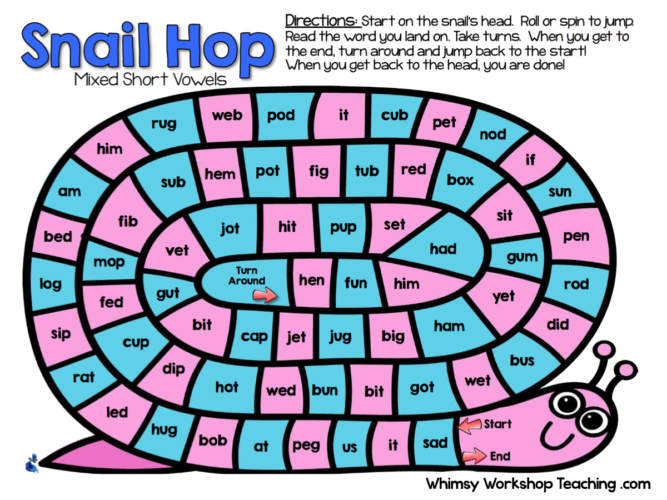 The task is that the child is asked from memory to expressively describe any of the objects in the room so that the partners guess. At the same time, you can not look at this object and name it. After the facilitator explained the rules of the game, and the children prepared for it and chose an object, the leader gives a pebble to any player as an invitation to the story. The person who received the pebble tells about the hidden object. When the riddle is solved, its author passes the pebble into the hands of the next player. The game continues until everyone has come up with their own riddle. The adult makes sure that the essential features are named, the other participants have the right to ask leading questions, but the leader must be given the opportunity to pronounce a fairly complete description of the subject.
The task is that the child is asked from memory to expressively describe any of the objects in the room so that the partners guess. At the same time, you can not look at this object and name it. After the facilitator explained the rules of the game, and the children prepared for it and chose an object, the leader gives a pebble to any player as an invitation to the story. The person who received the pebble tells about the hidden object. When the riddle is solved, its author passes the pebble into the hands of the next player. The game continues until everyone has come up with their own riddle. The adult makes sure that the essential features are named, the other participants have the right to ask leading questions, but the leader must be given the opportunity to pronounce a fairly complete description of the subject.
"Grandma is packing in her suitcase…"
Mechanical Memory Game
You can play together with a child, but it is better - a company of 3-4-5 people.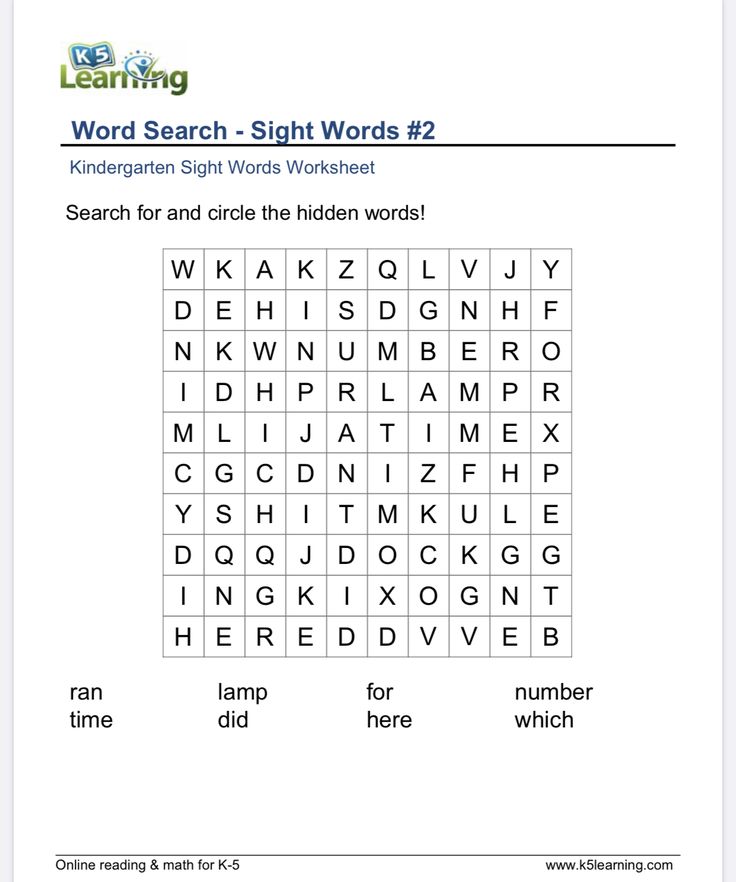 The adult begins the story: “Grandma puts a comb in her suitcase”, the next player must repeat what has already been said, adding the following item: “Grandma puts a comb and ... slippers in her suitcase”, etc. The game continues until the row is becomes so long that it can no longer be played. In children, this can be 18-20 items.
The adult begins the story: “Grandma puts a comb in her suitcase”, the next player must repeat what has already been said, adding the following item: “Grandma puts a comb and ... slippers in her suitcase”, etc. The game continues until the row is becomes so long that it can no longer be played. In children, this can be 18-20 items.
"Buttons"
Game for the development of memory and attention
There are two people in this game. In front of the players are two identical sets of buttons, inside of which not a single button is repeated. To begin with, it is enough to take only 3 buttons, but at the same time, the players have the entire set from which they are selected. Each player has a playing field divided into cells. The more difficult the game, the more cells the field should contain; 4 or 6 is enough to start. Buttons are placed on the cells of the field. The driver arranges them at his own request, gives the partner some time to remember their location (20-30 seconds) and covers the field with a sheet of paper.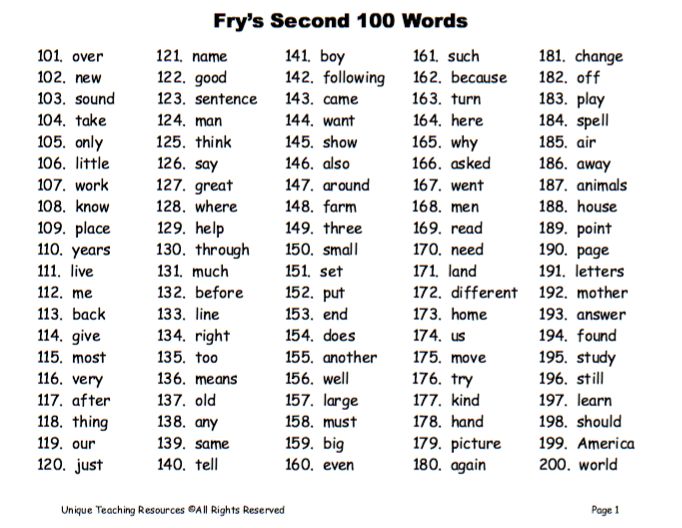 The second player must choose the same buttons from his set and reproduce their relative position on his field. Then the first player opens his field, and both check the correctness of the solution. Usually at the first stage, children cannot play correctly, they should be taught to help themselves by describing aloud the relative position of the buttons. At the same time, it is recommended to especially ensure that the child is correctly oriented and does not get confused in the directions "up", "down", "left", "right".
The second player must choose the same buttons from his set and reproduce their relative position on his field. Then the first player opens his field, and both check the correctness of the solution. Usually at the first stage, children cannot play correctly, they should be taught to help themselves by describing aloud the relative position of the buttons. At the same time, it is recommended to especially ensure that the child is correctly oriented and does not get confused in the directions "up", "down", "left", "right".
"Door hole"
Game for the development of visual memory and spatial thinking
For the game, you need to prepare a small bright and detailed picture and a sheet of paper, about four times the size of the picture. A hole is cut in the middle of this sheet in the form of a door hole. It is best to play in a group of 4-5 people. The host covers the picture with this sheet and puts it in front of the players. You can view the picture only through the hole, gradually moving the top sheet, but not lifting it.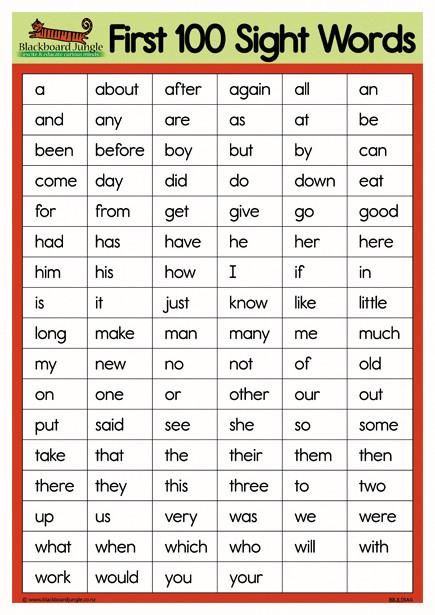 Everyone looks at it at the same time, but everyone drives the sheet for a minute. Then the facilitator suggests that someone tell what is shown in the picture, the rest correct and supplement it. At the end of the game, the picture opens, and the host announces the winner, who told the most correctly and in detail. He changes the leader.
Everyone looks at it at the same time, but everyone drives the sheet for a minute. Then the facilitator suggests that someone tell what is shown in the picture, the rest correct and supplement it. At the end of the game, the picture opens, and the host announces the winner, who told the most correctly and in detail. He changes the leader.
How to learn to remember anything? 7 & nbsp superhero tips - Prosveshchenie Group of Companies
What processes take place in our brain? Why “I remember here” and “I don’t remember here” if the event happened not so long ago? What needs to be done to become the owner of super memory and develop this ability in your children and students?
Everyone needs to memorize information for a long time: teachers and students, children and parents. Of course, we encounter the largest volumes of it during the periods of certification and exams. What to do if the text read 10 times in the evening is reproduced in the morning with grief in half? Perhaps the point is in the process of memorization and fixation.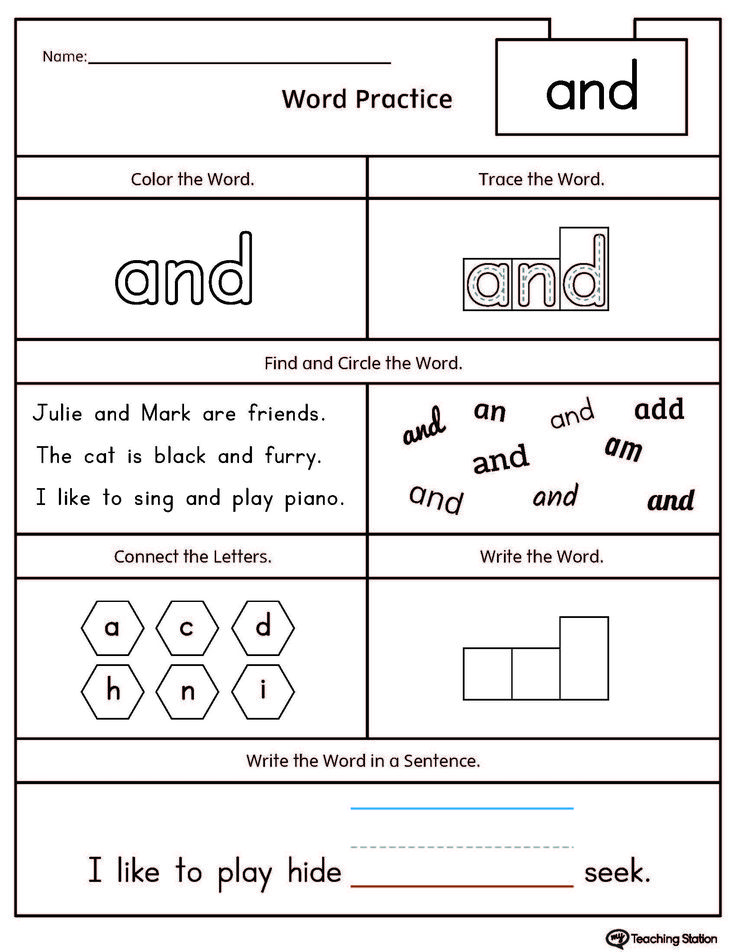 Psychologists and experts are sure: the usual memorization will not help here.
Psychologists and experts are sure: the usual memorization will not help here.
Talk about what you've read
Most of the information we absorb at school or at work is heavy. It is unlikely that the reports for the second quarter, scientific articles on blended learning or cultural discourses, can be called light. Experts advise: just tell your friends, parents or colleagues the material. Firstly, it is unlikely that you will be able to repeat the information you read word for word, getting confused in terms and participial constructions. Secondly, retelling involves other parts of the brain. Thirdly, by reproducing information, you will remember it in your own, “digested”, but correct form.
Everything is like in a joke about a young teacher: I explained the topic to them for the 10th time, I already remembered it myself, and I understood it myself, but they still couldn’t.
No need to speak out loud and “return” with your eyes
|
Two "not" in our selection will not be superfluous | In an article about memorizing poems, I wrote that it is easier to learn a text of this format if you pronounce it out loud. |
And one more NOT. Try not to look back at the passages you have already read, this knocks down the process and concentration, because while reading and memorizing, you enter a certain rhythm.
Discuss and argue
“If I have my own opinion about what I read, then I certainly will not forget its essence,” a student once told me, and he was absolutely right. At that time, it was about the Cold War and the details of US foreign policy. The need to find arguments for class discussion led to an emotional connection with the material. When one remembers that a fact put forward in time can "smite the enemy", remembering it becomes almost a pleasant act.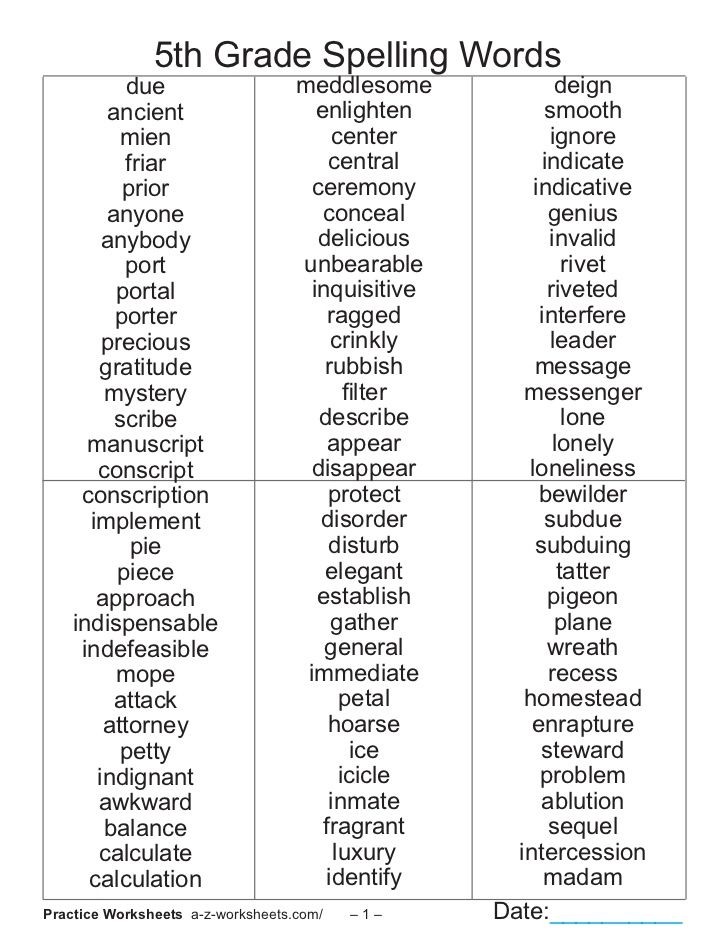 Post your opinion on social networks, comment on the material, arrange discussions with friends - the method has been tested by many years of study at the Faculty of History, and even there it is simply necessary to remember a huge amount of information.
Post your opinion on social networks, comment on the material, arrange discussions with friends - the method has been tested by many years of study at the Faculty of History, and even there it is simply necessary to remember a huge amount of information.
Record reading: write it down
|
Colored pens, markers and stickers to help you | If at the moment your goal is to memorize a scientific article, reports or complex material, then you cannot do without notes. The abstract method is connected with the solution of this difficulty: fixing what is heard or read in a convenient visual form, it is much easier to understand the "author's thought". Use bright colors (no more than 2, except blue) or symbols, highlight formulas with a marker, make lists. |
Record reading: draw
Why do you think infographics and visual aids are so popular in the educational environment? Yes, because visualized information is much easier to accept, understand and remember.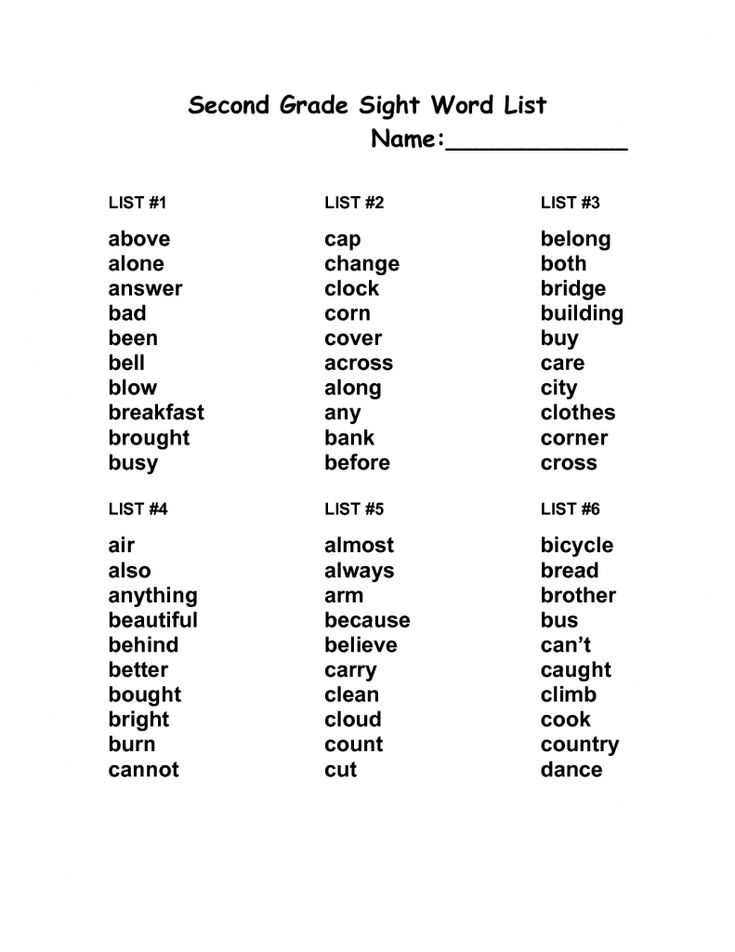 When reading material that is difficult and overloaded with terms, keep a sheet of paper nearby, fixing on it the main connections in the text. Arrows, underlines, strikethroughs, and even an ordinary person will definitely help: you may not remember the exact phrase, but remember the location of the term on the sheet and the connections surrounding it, and then “pull” the necessary information from memory using the association method.
When reading material that is difficult and overloaded with terms, keep a sheet of paper nearby, fixing on it the main connections in the text. Arrows, underlines, strikethroughs, and even an ordinary person will definitely help: you may not remember the exact phrase, but remember the location of the term on the sheet and the connections surrounding it, and then “pull” the necessary information from memory using the association method.
When is the best time to memorize information?
Despite the fact that both owls and larks live among us, scientists have come to the conclusion that the most important text is best read early in the morning or in the morning. Before going to bed, when we have the most time, it is almost useless to read in order to remember something, memorization only worsens. There are exceptions to the rule: if you think best (just think, since memorization is not a mechanical process, but a creative one, if it is about reading comprehension) in the evening or at night, plan this time of day.

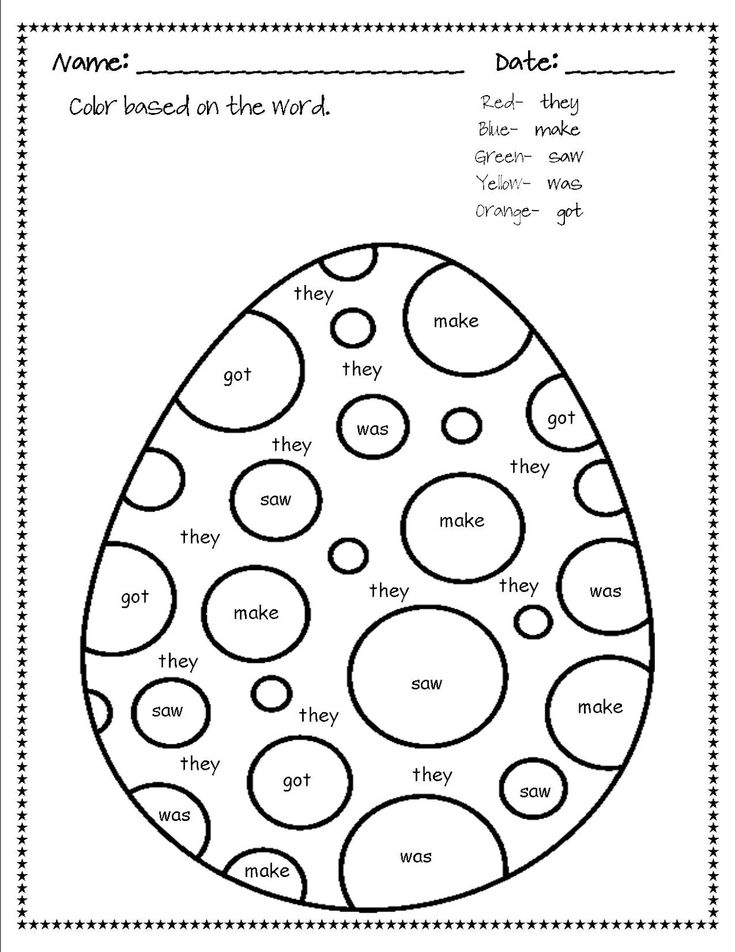 Tested on myself: in the case of large articles, this method does not work, slows down and distracts. When reading, you do not need to whisper words at all or try to mentally pronounce what you are currently reading. In this scenario, your attention is scattered, the nervous system and eyes get tired, but the text is not remembered.
Tested on myself: in the case of large articles, this method does not work, slows down and distracts. When reading, you do not need to whisper words at all or try to mentally pronounce what you are currently reading. In this scenario, your attention is scattered, the nervous system and eyes get tired, but the text is not remembered. 
